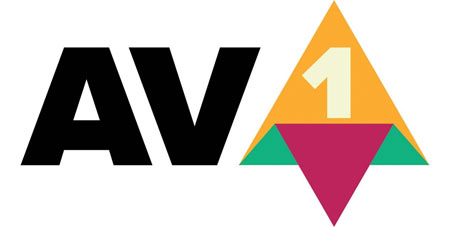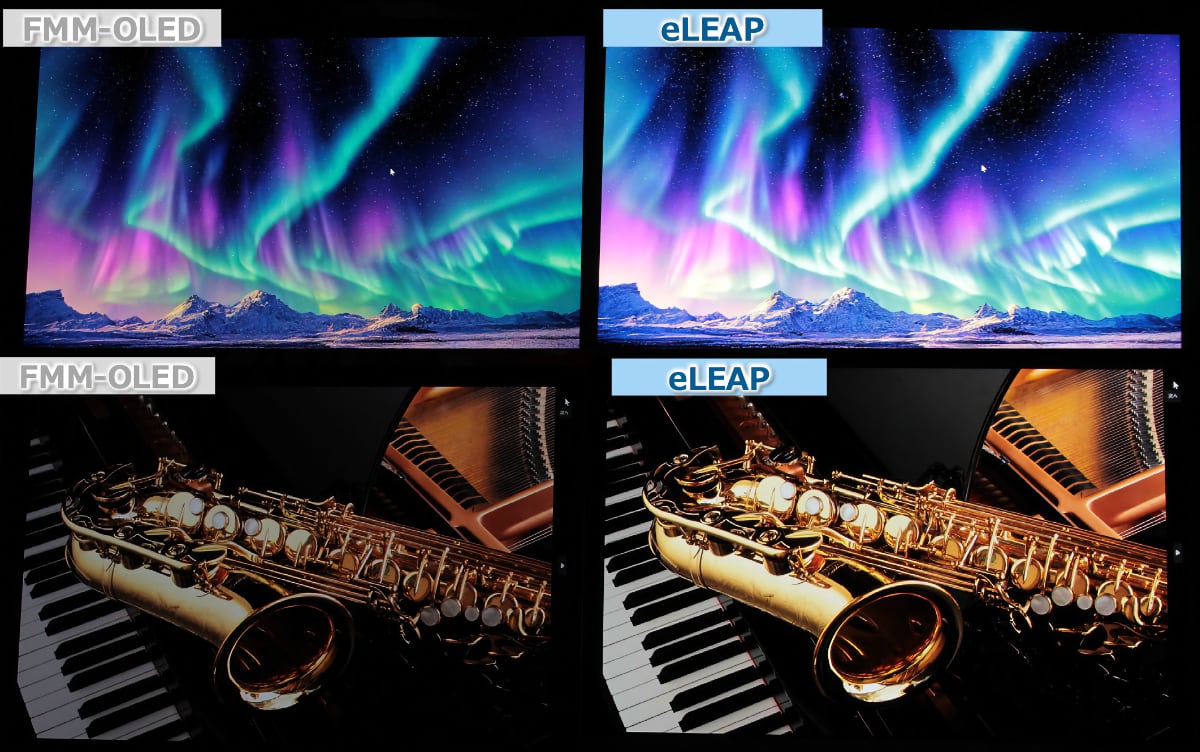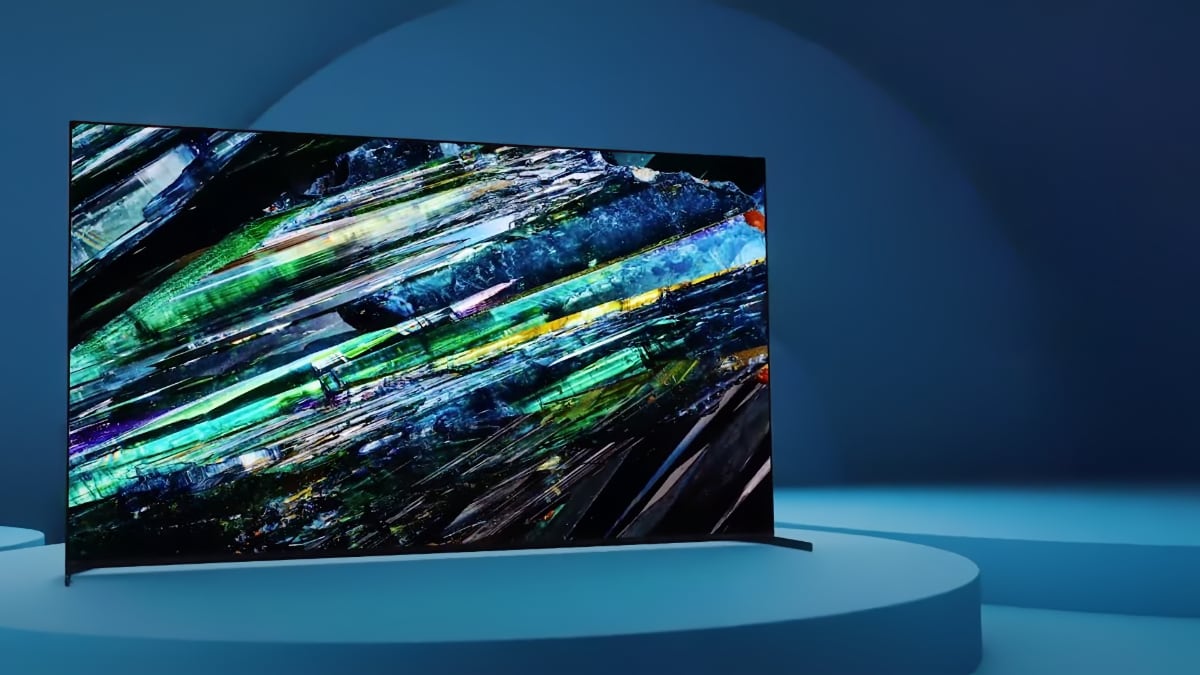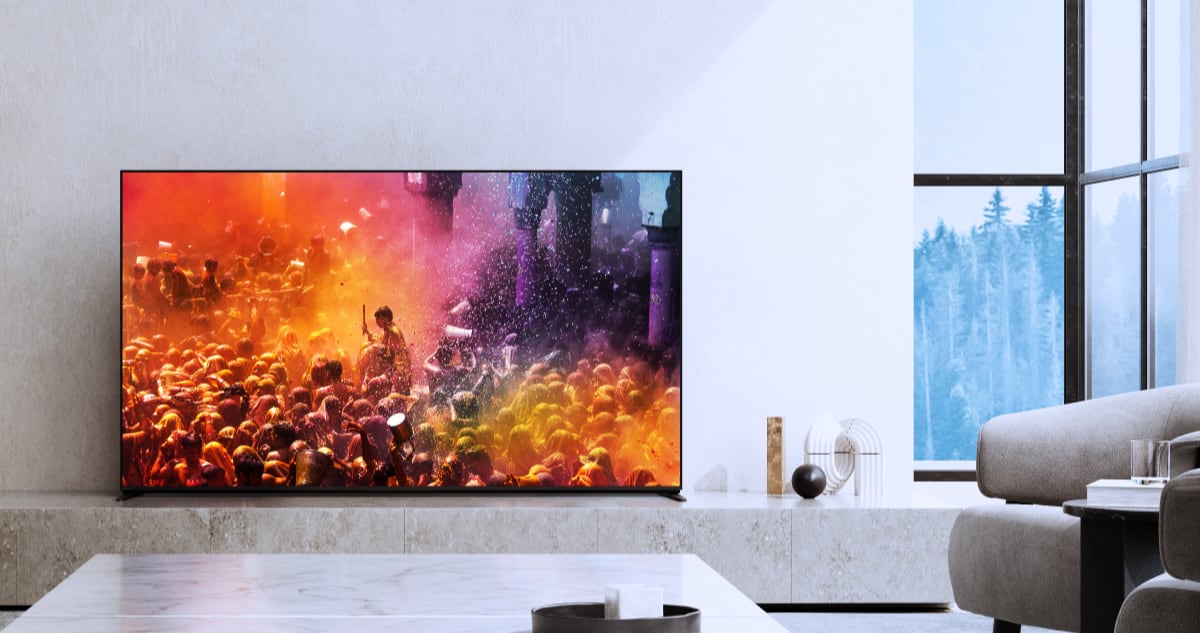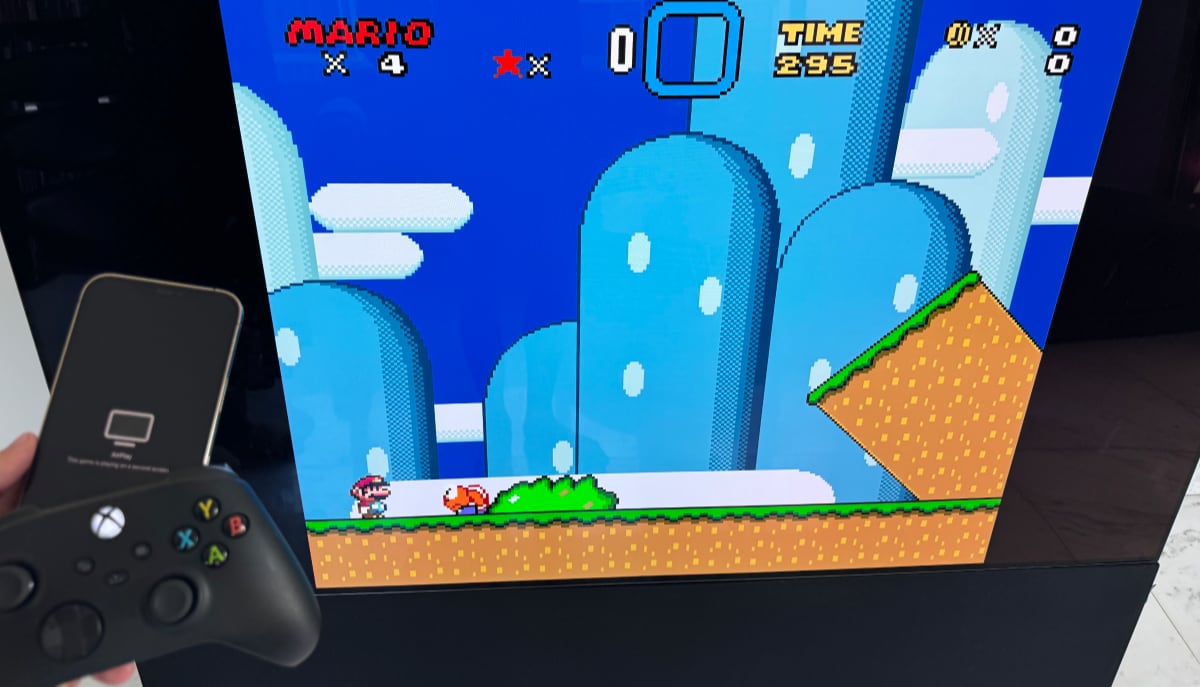Alliance for Open Media has announced that the royalty-free AV1 video format has been released. AV1 has been developed specifically for the internet era and is said to outperform VP9 and HEVC by up to 40%.
AV1 is here to take over
The new video format AV1 is “able to outperform VP9 and even HEVC by up to 40%” or 30% on average, according to evaluation tests by Bitmovin. Because AV1 offers more efficient compression, less bandwidth is required to deliver 4K or even 8K resolution over the internet – or better video quality at the same bandwidth.
AV1 has been developed as a royalty-free video format by AOMedia, which includes founding members Amazon, Apple, Arm, Cisco, Facebook, Google, IBM, Intel, Microsoft, Mozilla, Netflix, and NVIDIA. Several other companies are also onboard for the project.
- “Nearly three years after launching AOMedia, the AV1 codec addresses real bottlenecks for unleashing the highest-quality video for the entire ecosystem, allowing for better viewing experiences across all screens and data networks,” said AOMedia Executive Director Gabe Frost.
Netflix has already committed to using AV1 for video streaming.
- “AV1 proves that a performant next-generation video codec can be developed with a royalty-free license, made possible by the wide-ranging industry commitment of expertise within AOMedia. Netflix is proud to have helped found and contribute to AOMedia and to validate the performance of AV1 on entertainment content, from highly efficient mobile streams to premium 4K HDR. We’re pleased to see the broad interest in decoder support and excited to bring the benefit of better streaming quality to our members in the coming year,” said Mark Watson, director, streaming standards, Netflix.
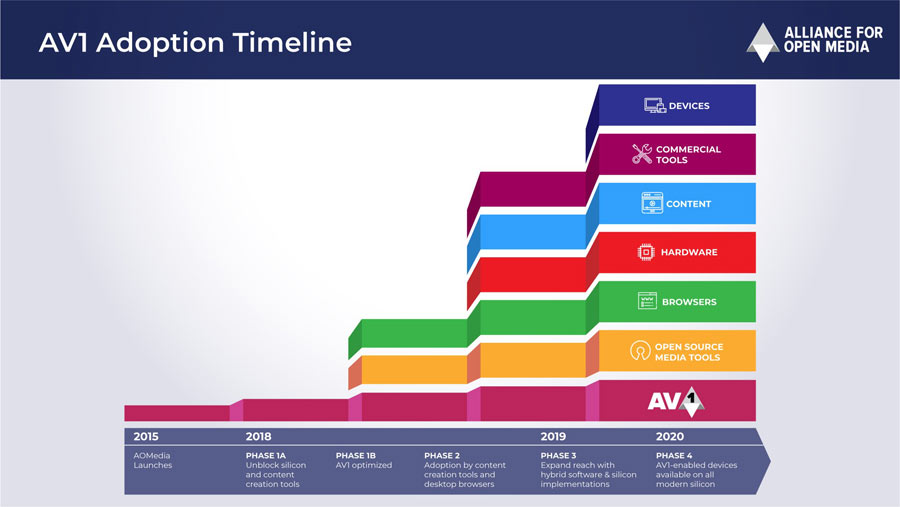
So, what now?
So what happens now? This is version 1 of the video codec that details how devices should turn the bitstream into video. The companies involved will continue work on new profiles as well as eventually AV2. AV1 will also need to be implemented in web browsers, TVs, set-top boxes, and other components before viewers can enjoy the benefits.
- “We expect that the installed base of 4K television sets to reach 300 million by the end of 2019 and therefore there is already latent demand for UHD services over today’s infrastructure. AV1 will be widely supported across the entire content chain, especially including services. We forecast rapid introduction of AV1 content delivery to help the widespread proliferation of UHD streaming,” said Paul Gray, a Research Director at IHS Markit, a global business information provider.
Since AV1 costs nothing to use, several parties expect it to surpass HEVC that has seen somewhat limited uptake, at least in content distribution. HEVC has been developed by the MPEG group and ITU but has been held back by high and uncertain licensing costs. The successor to HEVC is already in development as the Future Video Codec (FVC).
It will take a few years for AV1 to arrive in consumer devices. The group expects hardware to arrive in late 2018 or during 2019, and wider deployment in 2020. However, with such powerful companies on board, AV1 certainly looks like it could be the next major video codec.
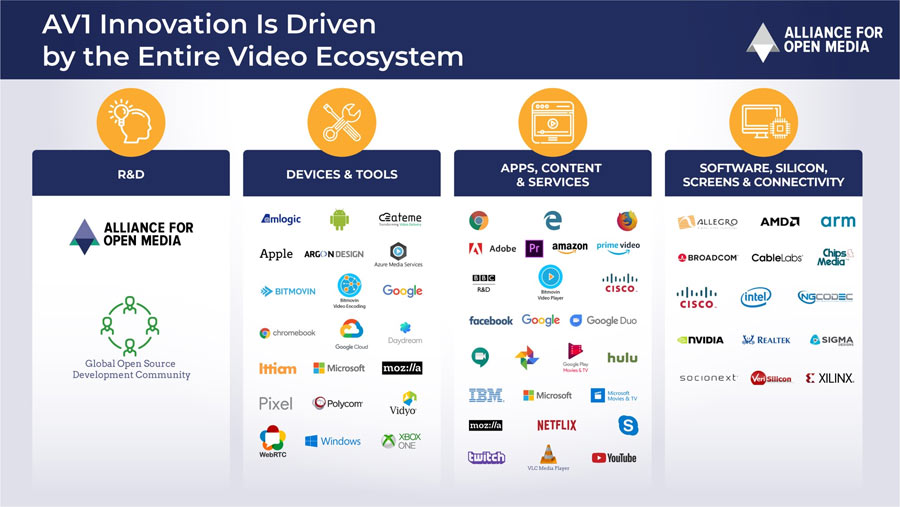
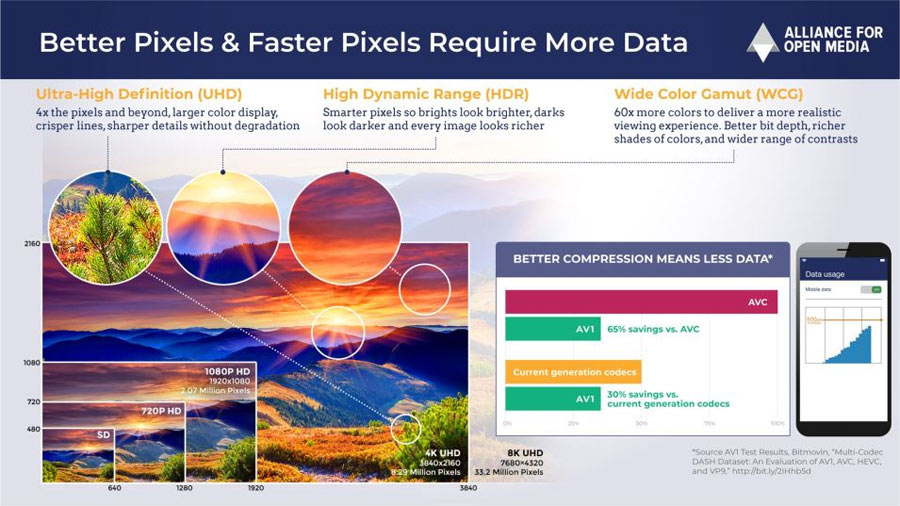
- Source: AOMedia, AV1 Technical spec

